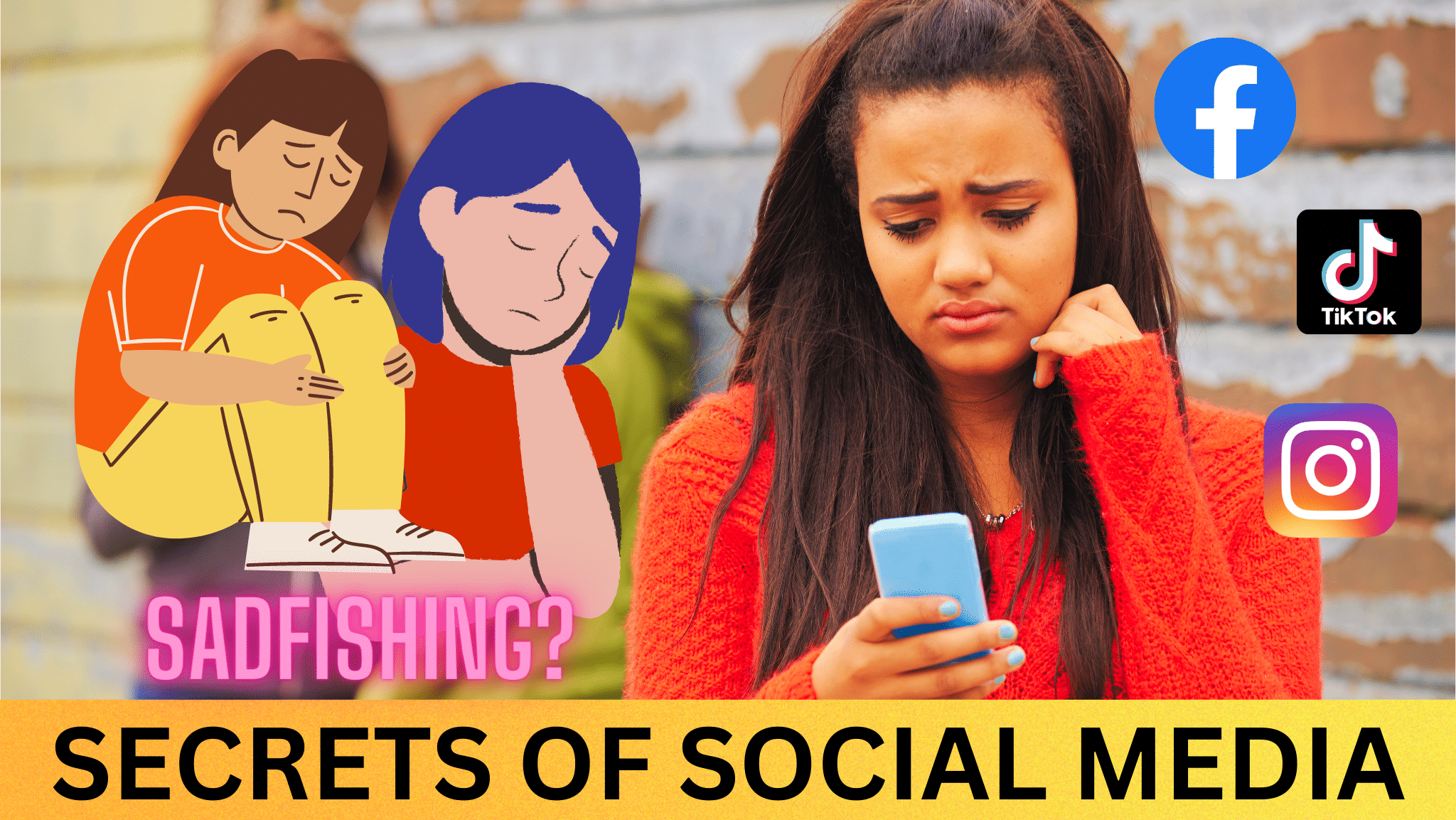
Sadfishing is relatively new slang for a phenomenon that’s not really new at all. The term is a combination of the words “sad” and “fishing,” and it implies that a person is “fishing” for attention or validation by pretending to be sad or in distress.
Using social media to gain attention or sympathy by posting about personal problems or difficult emotions isn’t limited to teenagers, naturally. But as we all remember, the teen years are an emotional time. Everything feels larger and more extreme and our tools to deal with these pressures aren’t fully developed yet.
ALSO: What is the White Nail Trend?
Sadfishing can take many forms, including posting about personal problems or difficult emotions, sharing self-pitying or melodramatic content, or exaggerating the severity of a situation.
Some teens may use sadfishing as a way to seek attention or validation from their followers, while others may do it as a way to manipulate or manipulate the emotions of others.
Sadfishing Can Lead to Bigger Problems
Sadfishing can be harmful because it can discourage people from seeking genuine support or help for their problems. It can also create an unhealthy or unrealistic expectation of how people should behave or present themselves online.
Performatively wallowing in your problems can lead to negative thought patterns, causing a teen to feel increasingly overwhelmed, stressed, and anxious. This spiral affects mental health and well-being, leading to feelings of depression and hopelessness.
Encourage Problem Solving, Not Sympathy Seeking
It is important to be aware of sadfishing and to encourage people to seek genuine support and help for their problems, rather than seeking cheap and easy attention and validation on social media. Help your teen to develop strategies to tackle their problems by finding realistic solutions and taking action to improve their situation.
ALSO: What is a Finsta?
One of the most important things you can do for your teen is to work on strengthening your relationship. Try to build empathy and understanding by putting yourself in their shoes. Being proactive and seeking a positive outlook can help teens manage their daily challenges and it’ll ultimately help them lead a more fulfilling life.
NOTE: If your teen is genuinely distraught and shows more than a few of these signs they may have depression that warrants professional attention.







